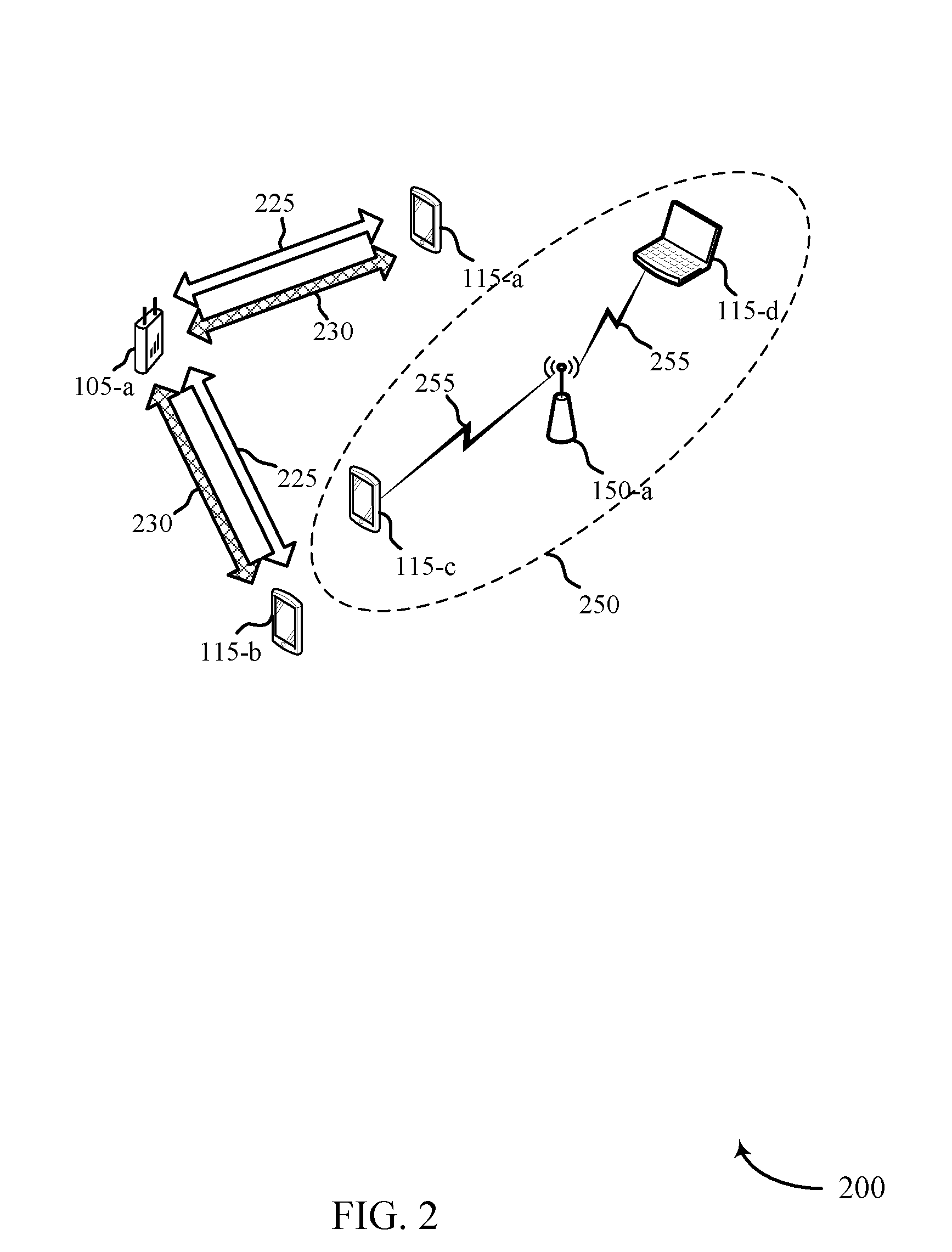Rrm based on signal strength measurements in LTE over unlicensed spectrum
- Summary
- Abstract
- Description
- Claims
- Application Information
AI Technical Summary
Benefits of technology
Problems solved by technology
Method used
Image
Examples
Embodiment Construction
[0048]Systems, method, or apparatuses are described for UE-aided channel selection within unlicensed frequency bands. Several unlicensed frequency bands support multi-channel operation using dynamic frequency selection (DFS) or channel selection. For example, the 5 GHz band is considered for operating according to LTE-based protocols (which may be called LTE-Unlicensed (LTE-U)). Performing channel selection effectively may be a key enabler for coexistence of LTE / LTE-A technologies with other radio access technologies (RATs) in unlicensed frequency bands. Suitable channel selection techniques may enable an LTE-U base station (e.g., a base station using LTE-based protocols for communication via unlicensed spectrum or a base station using LTE-based protocols for communication via both unlicensed and licensed spectrum) to avoid receiving / causing interference to other LTE-U base stations or devices, or devices employing other RATs (e.g., Wi-Fi) using the same band. Channel selection base...
PUM
 Login to View More
Login to View More Abstract
Description
Claims
Application Information
 Login to View More
Login to View More - R&D
- Intellectual Property
- Life Sciences
- Materials
- Tech Scout
- Unparalleled Data Quality
- Higher Quality Content
- 60% Fewer Hallucinations
Browse by: Latest US Patents, China's latest patents, Technical Efficacy Thesaurus, Application Domain, Technology Topic, Popular Technical Reports.
© 2025 PatSnap. All rights reserved.Legal|Privacy policy|Modern Slavery Act Transparency Statement|Sitemap|About US| Contact US: help@patsnap.com



